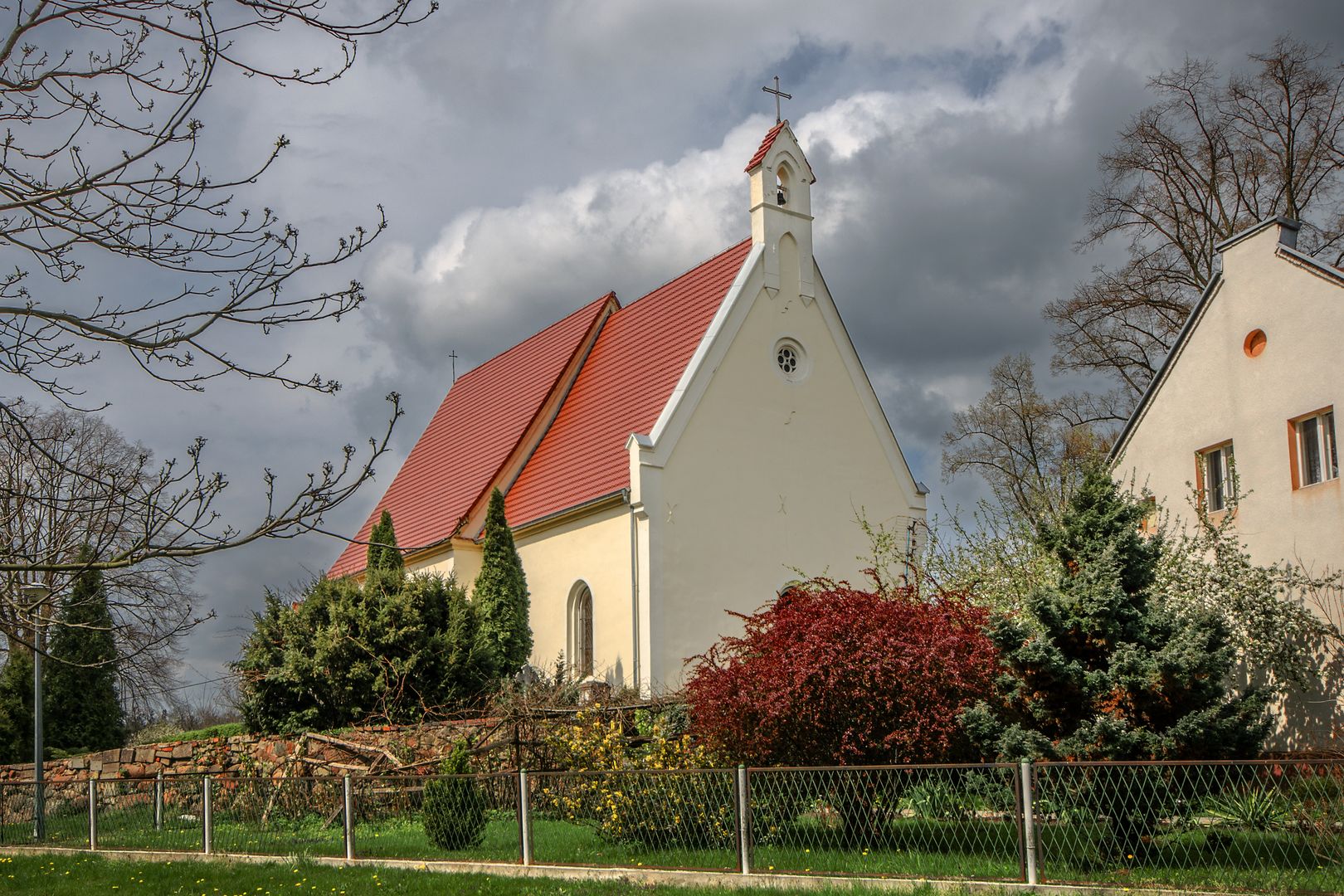Gwizdanów
6.32

Overview
Gwizdanów is a village located in the Lower Silesian Voivodeship, in the Lubin County, within the administrative district of Rudna. It is characterized by a rich history and diverse architecture. The village features the Parish Church of St. Ursula, built between 1871 and 1872 on medieval foundations, along with an adjacent church cemetery. Other notable heritage sites include 19th-century railway station buildings, such as the locomotive shed and water cranes, as well as archaeological traces of an ancient cremation burial ground. The village is well-connected thanks to the Rudna Gwizdanów railway junction, several railway lines, and the provincial road no. 323. Gwizdanów lies in the picturesque area of the Dalkowskie Hills and the Trzebnica Ridge, with a loosely structured layout divided into industrial and agricultural zones. The village also has a developed tourism sector, supported by trails such as the Dziadoszanie Trail and the "Mała Pętla po Wzgórzach Dalkowskich" cycling route. The history of Gwizdanów dates back to the Bronze Age, and its development has been turbulent, marked by invasions, fires, and wars. The 19th century saw a period of intensive growth linked to the expansion of the railway. Interestingly, after World War II, the village underwent demographic changes as it was resettled by people from the eastern territories of Poland. The name Gwizdanów derives from the Polish word "gwizdać" (to whistle), and the village is attractive for single-family housing, as evidenced by recent new developments. It is worth noting the preserved buildings from the turn of the 19th and 20th centuries, as well as the interesting railway infrastructure that contributed to the village's development. Gwizdanów is a location where history intertwines with modernity, making it an interesting place to visit.
Location
2025 Wizytor | All Rights Reserved